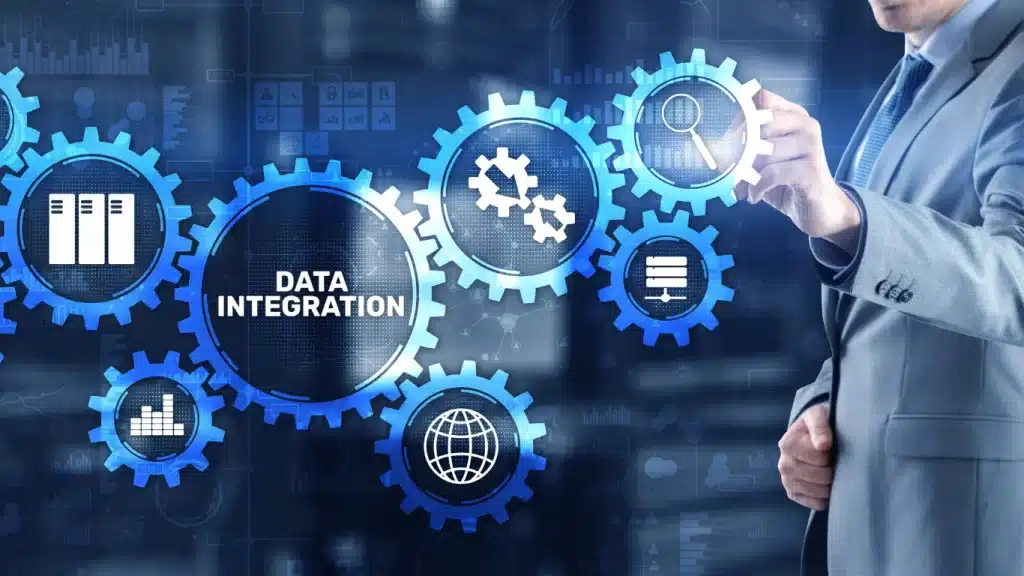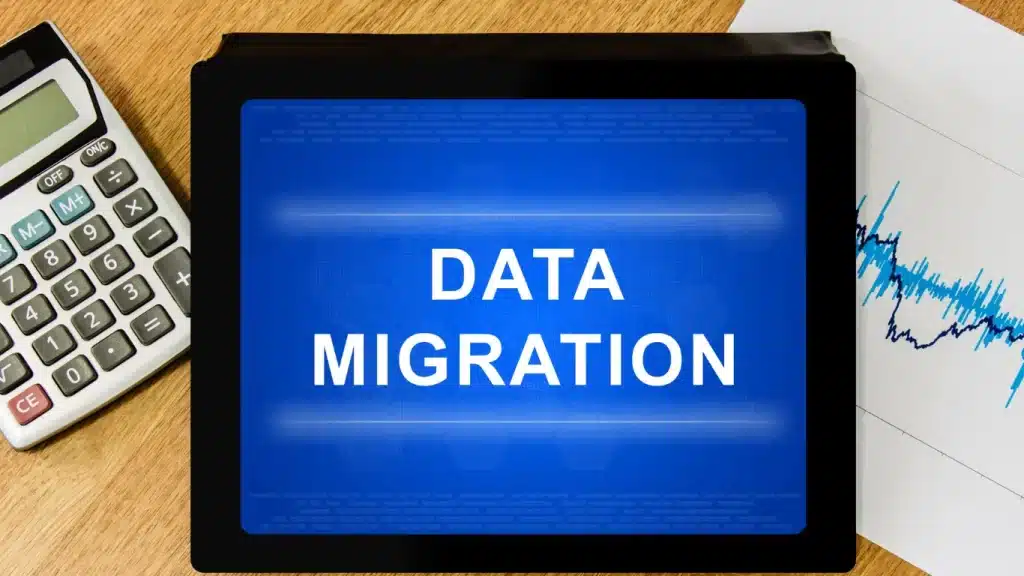Data migration and integration are two terms often used interchangeably, but they are not the same. Understanding the differences between the two is essential for businesses that want to manage their data effectively. In this article, we will discuss data integration vs data migration, their benefits, key differences, when to use them, and best practices.
What is Data Integration?
Data integration is the process of merging data from several sources into a single, cohesive perspective. This procedure entails developing one data model and schema that can be used by all systems in an organisation. This provides enterprises with a single source of information for their data, which can then be used for reporting and analytics.
Data integration involves mapping data from different sources, transforming it to fit the standard data model, and loading it into a target system. Data integration can be done in real-time or batch, depending on the business requirements.
Benefits of Data Integration

Data integration has several benefits for businesses. Firstly, it helps to eliminate data silos, which can lead to inconsistencies and errors. Secondly, it enables businesses to have a single view of their data, which can be used for reporting and analysis. Thirdly, it allows companies to make better decisions based on accurate data. Finally, it can help to reduce costs by diminishing the need for multiple data storage systems.
What is Data Migration?
Data migration is the process of moving data from one system to another. This is when a business is upgrading or replacing an existing design. Data migration involves extracting data from the source system, constructing it to fit the target system, and loading it into the target system. Data migration can be intricate, especially if the source and target systems have different data models and schemas. It requires precise planning and execution to ensure the data is migrated accurately and without errors.
Benefits of Data Migration
Data migration has several benefits for businesses. Firstly, it enables businesses to upgrade or replace existing systems without losing data. Secondly, it can help to improve system performance and reliability. Thirdly, it helps reduce costs by eliminating the need for legacy systems. Finally, it can help to refine user experience by enabling access to new features and functionality.
Difference between Data Migration vs Data Integration
The critical difference between data migration and data integration is that data migration involves moving data from one system to another. In contrast, data integration combines data from different sources into a single overall view. Data migration is a one-time process, while data integration is ongoing. Data migration is usually when a business upgrades or replaces an existing system, while data integration provides a unified view of data across different systems.
Data integration vs data migration have different goals and require different approaches. Data integration creates a single view of data across other systems, while data migration moves data from one system to another. Data integration involves mapping data, transforming it to fit a standard data model, and loading it into a target system. Data migration involves extracting data from a source system, converting it to provide a target system, and loading it into the target system.
Data integration vs data migration have different benefits for businesses. Data integration helps to eliminate data silos, provide a single view of data, improve decision-making, and reduce costs. Data migration helps to upgrade or replace existing systems, improve system performance and reliability, reduce costs, and improve the user experience.
When to Use Data Integration?
Data integration is functional when businesses need to combine data from different sources into a single, unified view. This is useful when companies need to eliminate data silos, improve decision-making, and reduce costs. Data integration is also functional when businesses have multiple systems that need integration, such as when they have acquired new systems through mergers or acquisitions. Finally, data integration is useful when companies need to provide a single view of data to customers or partners.
When to Use Data Migration?

Data migration is beneficial when businesses need to upgrade or replace their existing systems. This is useful when systems are outdated, unreliable, or no longer meet business requirements. Data migration is also useful to move data from one system to another, such as when consolidating systems or moving to a new platform. Finally, data migration is practical when businesses move data to the cloud or a new data centre.
Best Practices for Data Integration vs Data Migration
Define Clear Goals and Objectives
Defining clear goals and objectives before starting any data integration or migration project is key. This will help ensure that the project aligns with the business requirements and the right approach.
Plan and Test Thoroughly
Data integration and migration can be complex processes requiring careful planning and testing. Thorough project planning is needed, including data mapping, process definition, and risk identification. It is also vital to thoroughly test the procedure to ensure data migrates correctly.
Use the Right Tools and Technologies
Data integration and migration require the right tools and technologies to succeed. It’s important to choose tools compatible with the source and target systems to manage the volume and complexity of data that needs to be migrated or integrated.
Monitor and Maintain
Data integration vs data migration are ongoing processes that require monitoring and maintenance. It’s essential to monitor the process to ensure data is migrated or integrated accurately and to identify any issues. It’s necessary to maintain the process by updating the data model and schema.
FAQ

What is the difference between Migration and Integration?
The main difference between migration and integration is that migration is a one-time process, while integration is an ongoing process. Migration involves moving data from one system to another, while integration involves combining data from multiple sources into a single view.
What is the difference between Integration and Migration Testing?
Integration testing is testing how different systems work together. This can include testing how data is shared between systems. Migration testing is trying the data migration process to ensure that data is moved wholly and accurately from one system to another.
What is the difference between a Migration Project and an Integration Project?
A migration project is moving data from one system to another. This consists of planning the migration, testing the migration process, and executing the migration. An integration project is focused on combining data from multiple sources into a single view. This can include identifying data sources, mapping data fields, and creating a unified view.
What is the difference between Data Migration and Data Transformation?
Data migration is the process of moving data from one system to another. Data transformation is the process of converting data from one format to another. While data migration may involve data transformation, data transformation can also be used for other purposes, such as data cleansing or enrichment.
Conclusion: Choosing the Right Approach for Your Business
Data integration and migration are essential processes businesses need to manage their data effectively. Data integration is functional when businesses combine data from different sources into a unified view. In contrast, data migration is beneficial when companies need to upgrade or replace their existing systems. By following best practices, companies can ensure that their data integration and migration projects are successful and that they can make better decisions based on accurate and unified data.





